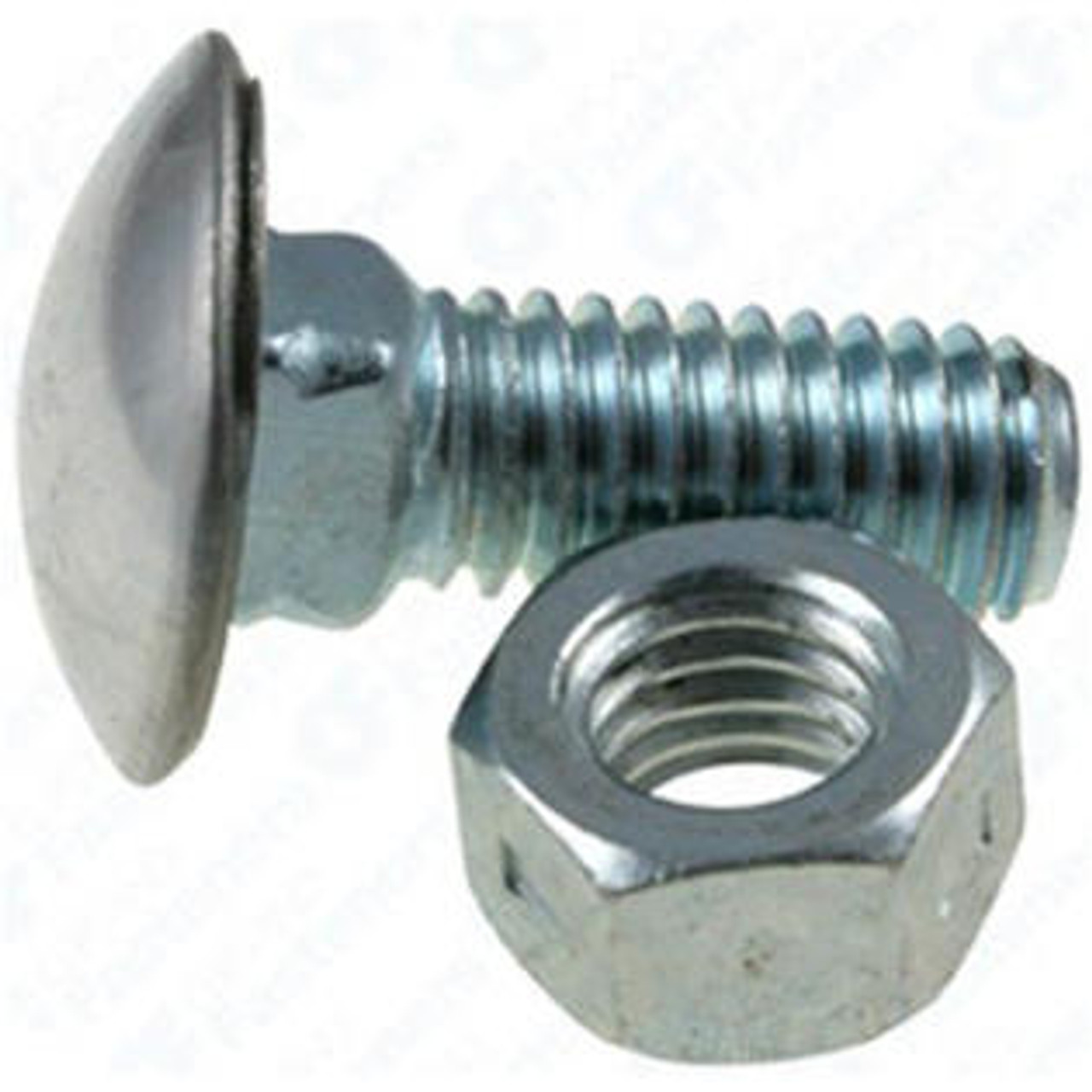Bumper 1 2 13

Looking for GRAINGER APPROVED Rubber, Bumper, 1/2' Base Dia., 1/4' Height, PK 50 (16WC41)? Grainger's got your back. Acoustica 7 1 15 torrent. Easy online ordering for the ones who get it done along with 24/7 customer service, free technical support & more. FS-13 Hammer Forged Front Bumper (FBSHTB-13) $ 611.81 View. FS-17 Hammer Forged Front Bumper (FBSHTB-17) $ 560.83 View. FS-11 (FBSHTB-11) $ 479.25. Find many great new & used options and get the best deals for Bumper Bolt With Nuts - 1/2-13 In. At the best online prices at eBay! Free shipping for many products! Looking for GRAINGER APPROVED Rubber, Bumper, 13/16 in Base Dia., 1/2 in Height, PK 10 (16WH29)? Grainger's got your back. Easy online ordering for the ones who get it done along with 24/7 customer service, free technical support & more. Keytty 1 2 64.

| Function | Sounding rocket |
|---|---|
| Manufacturer | Army Ballistic Missile Agency |
| Country of origin | Germany/United States |
| Size | |
| Height | 62 feet (19 m) |
| Diameter | 5 feet 5 inches (1.65 m) |
| Launch history | |
| Status | Retired |
| Launch sites | |
| Total launches | 8 |
| First flight | May 13, 1948 |
| Last flight | July 29, 1950 |
| First stage - V-2 rocket | |
| Thrust | 27,200 kgf (267,000 N; 60,000 lbf) |
| Burn time | 60s |
| Propellant |
|
| Second stage Wac Corporal | |
| Thrust | 6.7 kN |
| Burn time | 47s |
| Propellant | Aerojet liquid-fuel |
The RTV-G-4 Bumper was a sounding rocket built by the United States. A combination of the German V-2 rocket and the WAC Corporal sounding rocket, it was used to study problems pertaining to two-stage high-speed rockets. The Bumper program launched eight rockets between May 13, 1948, to July 29, 1950.[1] The first six flights were conducted at the White Sands Missile Range, the seventh launch, Bumper 8 on July 24, 1950, was the first rocket launched from Cape Canaveral.[2]
Bumper program[edit]
Bumper 1 2 13 X 4
Iexplorer 4 2 2. The Bumper program was conceived in July 1946 by Colonel Holger N. Toftoy.[3] It was started on June 20, 1947, to:

- Investigate launching techniques for a two-stage missile and separation of the two stages at high velocity.
- Conduct limited investigation of high-speed high-altitude phenomena.
- Attain record-setting velocities and altitudes.
Overall responsibility for the Bumper program was given to the General Electric Company and was included in the Hermes project. The Jet Propulsion Laboratory was assigned to perform the theoretical investigations required, design the second stage, and create the basic design of the separation system. http://idbbcr.xtgem.com/Blog/__xtblog_entry/19243322-foundry-nuke-license#xt_blog. The Douglas Aircraft Company was assigned to fabricate the second stage, and do detailed design and fabrication of the special V-2 rocket parts required.
http://utodazj.xtgem.com/Blog/__xtblog_entry/19240654-contact-us#xt_blog. Six Bumper launches, as well as other V-2 test launches, were from White Sands Proving Grounds. In 1949, the Joint Long Range Proving Ground was established at Cape Canaveral Air Force Station on the east coast of Florida. The July 24, 1950, Bumper 8 launch was the first of hundreds of launches from 'the Cape'.[2]
Bumper 1 2 13 Inch
Launch history[edit]
| Rocket number | Time | Launch site | Pad | Maximum altitude | Remarks | Image |
| 1948 | ||||||
| Bumper 1 | May 13, 1948 | White Sands | Pad 33 | 127.3 km (79.1 mi) | Premature cut-off of WAC 2nd stage. | |
| Bumper 2 | August 19, 1948 | White Sands | Pad 33 | 13.4 km (8.3 mi) | First stage failed due to propellant flow interruption. | |
| Bumper 3 | September 30, 1948 | White Sands | Pad 33 | 150.3 km (93.4 mi) | WAC stage failed. | |
| Bumper 4 | November 1, 1948 | White Sands | Pad 33 | 4.8 km (3.0 mi) | Explosion in tail of V-2. | |
| 1949 | ||||||
| Bumper 5 | February 24, 1949 | White Sands | Pad 33 | 393 km (244 mi) | Successful flight. Separation of stages at 32.2 km (20.0 mi). | |
| Bumper 6 | April 21, 1949 | White Sands | Pad 33 | 49.9 km (31.0 mi) | Premature V-2 cut-off; WAC stage failed to fire. | |
| 1950 | ||||||
| Bumper 8 | July 24, 1950 | Cape Canaveral | Pad 3 | 16.1 km (10.0 mi) | Low-angle atmospheric flight over 320 km (200 mi) range. First rocket launch from Cape Canaveral. | |
| Bumper 7 | July 29, 1950 | Cape Canaveral | 16.1 km (10.0 mi) | Low-angle atmospheric flight over 320 km (200 mi) range. | ||
Bumper 1 2 13 Esv
References[edit]
- ^'Bumper Project'. White Sands History – Fact Sheets and Articles. US Army. Archived from the original on 2008-01-10. Retrieved 2007-12-02.
- ^ ab'A Brief History of Rocketry'. History of Manned Spaceflight. Merritt Island, Florida: Kennedy Space Center. 2000-08-24. Archived from the original on 2009-01-07. Retrieved 2008-10-01.
- ^'Biographies of Aerospace Officials and Policymakers, T-Z'. NASA History Division. Retrieved 2012-07-01.

Bumper 1 2 13
UNDER MAINTENANCE